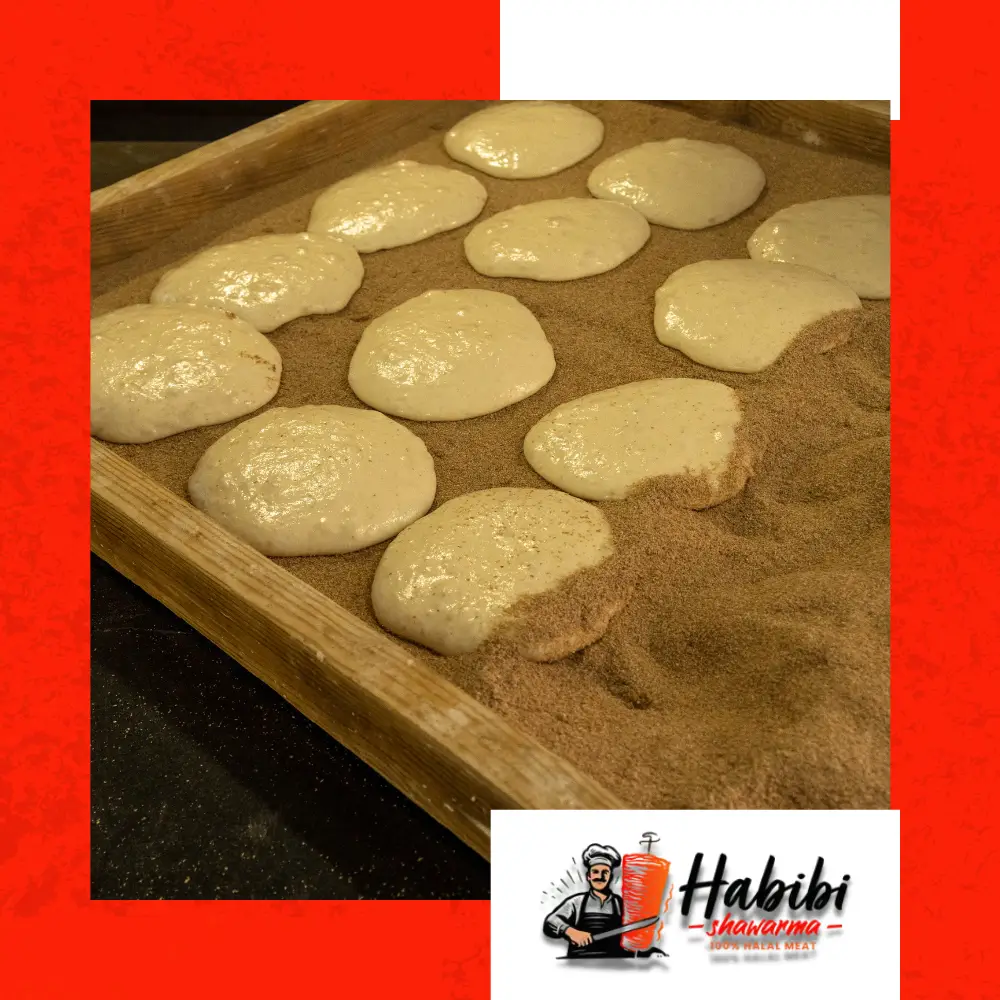The evolution of Pita Bread has been nothing short of inspiring. Once known solely as a simple, soft flatbread, pita now finds itself at the heart of modern culinary innovation. Contemporary Middle Eastern chefs are reinventing this traditional staple, infusing it with creative flavors, techniques, and presentations that captivate today’s food enthusiasts.
Reimagining a Classic: The New Face of Pita Bread
Traditionally, Pita Bread has been valued for its simplicity—crafted with flour, water, yeast, and salt, then baked until it puffs up into a soft, pocketed bread perfect for stuffing. However, modern chefs are exploring new horizons while honoring its roots. Variations such as artisan pita, flavored flatbread, and even stuffed pita pockets have emerged, showcasing a blend of traditional methods and innovative twists.
Innovative Techniques and Flavor Infusions
Contemporary culinary experts are using a range of techniques to elevate Pita Bread into an art form. Here are some ways they’re doing it:
- Herb-Infused Dough: Chefs are incorporating fresh herbs like rosemary, thyme, and za’atar directly into the dough, creating a fragrant and savory twist on the classic recipe.
- Whole Grain and Ancient Flours: To add a nutritional boost and unique texture, many modern recipes substitute traditional white flour with whole wheat, spelt, or even ancient grains, giving the bread a rustic, hearty flavor.
- Flavored Oils and Seasonings: Drizzling flavored olive oil or sprinkling spices such as sumac and smoked paprika over freshly baked pita enhances both its aroma and taste.
- Creative Fillings and Pairings: Beyond the traditional method of stuffing pita with falafel, shawarma, or hummus, innovative chefs are using the bread as a base for gourmet pizzas, wraps, and even desserts, pairing it with unexpected ingredients for a modern fusion experience.
Fusion of Cultures in Every Bite
The global culinary scene thrives on fusion, and Pita Bread is no exception. Chefs in metropolitan areas are blending Mediterranean traditions with influences from Latin America, Asia, and Europe. Imagine a pita filled with spicy, tangy kimchi or topped with Mediterranean vegetables and a drizzle of tahini sauce. These inventive recipes not only pay homage to the bread’s Middle Eastern origins but also embrace new culinary trends, making it a versatile option for any meal.
Why Modern Pita Bread Appeals to Today’s Food Lovers
Modern twists on Pita Bread resonate with a new generation of diners for several reasons:
- Health Consciousness: With a growing focus on whole foods and nutritional value, modern recipes often incorporate whole grains and natural flavor enhancers, aligning with healthier eating trends.
- Customization: Today’s diners love to personalize their meals. The adaptable nature of Pita Bread makes it an ideal canvas for a variety of toppings, fillings, and dips, satisfying diverse palates and dietary preferences.
- Artisan Appeal: The resurgence of artisanal cooking methods and locally sourced ingredients has elevated traditional recipes. Consumers appreciate the craft behind a well-made pita, which connects them to a rich culinary heritage.
Final Thoughts
The journey of Pita Bread from an ancient staple to a modern culinary canvas reflects the ingenuity and passion of Middle Eastern chefs today. By merging time-honored techniques with bold, innovative approaches, they are not only preserving a culinary legacy but also reinventing it for a global audience. Whether enjoyed as a soft wrap, a crispy snack, or a gourmet base for creative dishes, modern pita is a testament to the vibrant evolution of traditional Middle Eastern cuisine.
Embrace these modern twists and let your next meal be a celebration of both heritage and innovation—one bite of contemporary Pita Bread at a time.
READ MORE:
The Influence of Historical Trade Routes on the Evolution of Pita Bread in the Middle East
From Ancient Bakeries to Modern Kitchens: The Journey of Pita Bread in Middle Eastern Cuisine

